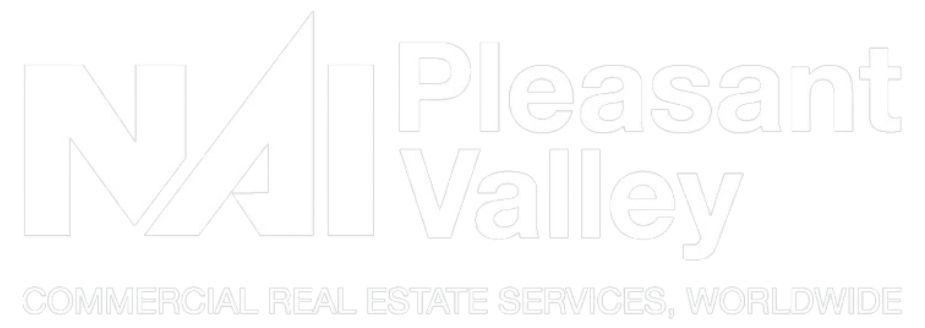Management Reporting – Communicating Important Information to the Client
By Ira Krumholz
President of NAI Daus Property Management
ikrumholz@naidaus.com
Twitter @IraKrumholz
Reporting for Duty
Each month, this column focuses on various real estate property management concepts and topics. While it’s important for a property management company to employ these various items, it’s critical that they also communicate important information to their client, typically the property’s owner, on a regular basis. This month, we are going to focus on an overall concept known as management reporting. The discussion will include the most common categories for reporting, some specific examples and some thoughts on the timing and format of reports.
Budget to Actual and Variance Report
This concept can be thought of as the heartbeat of the property. It illustrates how the property is actually performing compared to how it is expected to be performing. Prior to heading into a new year, a budget should be prepared, containing details of the anticipated income and expense line items. As the new year progresses, it is important for an owner to not only be regularly informed regarding how the property is actually performing, but also why any variances (good or bad) against what was budgeted have occurred.
Leasing Update
One of the main sources of variances are unexpected changes in the tenancy at a property. Perhaps a tenant that was thought to be a lock to renew decides instead to vacate. Or maybe a less than ideal vacant space is leased sooner than expected. It’s important for the owner to receive a leasing update on a regular basis. This report usually includes items, such as the status of any outstanding proposals and lease negotiations, number and nature of prospect showings, update for any upcoming lease expirations and any specific strategy or initiative related to leasing, such as a planned tenant incentive package or an open house.
Income, Expense and Cash Flow Report
If the budget to actual report is the heartbeat of a property, then the cash flow report is the blood flow. It is critical for an owner to understand not only the cash position of the property on a regular basis, but also how that cash position is being established, such as what are the specific income and expense items, as well as how it is trending. Continued in attached article.

